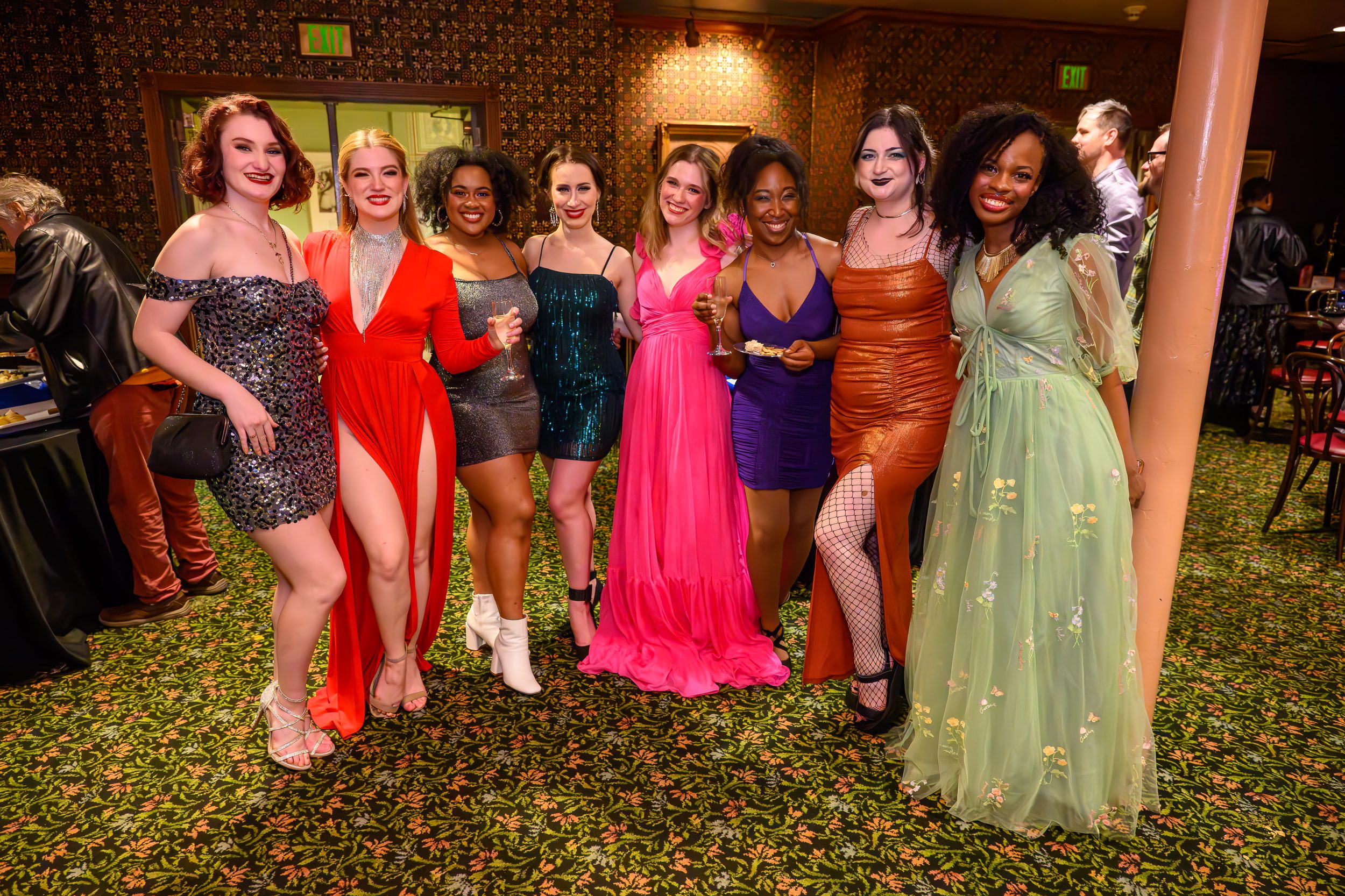As photographers, we often balance embracing available light and resorting to artificial lighting solutions. There’s an ongoing debate about the merits of on-camera flash, with many enthusiasts opting to avoid it whenever possible. However, my recent experience at the Springer Opera House Gala in Columbus, GA, illuminated that sometimes, the on-camera flash is not just a convenient tool but the best solution for capturing the moment effectively. I wasn’t hired to shoot this and just wanted the photos for our family and friends. Moving around with the flash on the camera was more manageable than having a light stand and flash.
Last weekend, I photographed the Gala at the iconic Springer Opera House following my daughter’s performance in “The Little Mermaid.” The atmosphere was electric, with guests mingling amidst the elegant ambiance of the Saloon, enjoying finger foods and champagne. As the night progressed, the energy intensified with the Cabaret, where performers enchanted the audience with Disney melodies.
Equipped with my trusty Nikon Z9 and the versatile 24-120mm ƒ/4 lens, I used the on-camera flash—a Godox V860IIN paired with a MagMod Sphere to diffuse the light. Additionally, I incorporated a Color Temperature Orange 1/2 filter inside the Sphere to enhance the warmth of the flash and maintain a cohesive color palette throughout my shots. Setting the white balance to 3400º K ensured consistency and accuracy in color reproduction.
Before committing to the flash, I conducted a test shot without it, assessing the room’s available light conditions. With settings at ISO 25600, 1/200, ƒ/4, I realized that relying solely on available light would result in compromised image quality and potentially missed moments. Consequently, I adjusted the Auto ISO to a more manageable ISO 5000, allowing me to maintain a minimum shutter speed of 1/125 while keeping the ISO within acceptable levels.
Throughout the evening, the on-camera flash proved indispensable in capturing the essence of the Gala. The controlled burst of light illuminated the scene, accentuating the vibrancy of the attendees and the grandeur of the surroundings. Whether freezing moments of laughter, highlighting intricate details of attire, or enhancing the sparkle of champagne glasses, the flash facilitated versatility and control that elevated the final images.
Despite the stigma often associated with on-camera flash, its judicious use can yield remarkable results, especially in dynamic and fast-paced environments like the Springer Opera House Gala. By understanding its capabilities and nuances, photographers can leverage it as a valuable tool in their arsenal, complementing available light to create compelling visuals that resonate with viewers.
In conclusion, my experience at the Springer Opera House Gala reaffirmed the notion that while on-camera flash may not always be the first choice, there are instances where it undeniably emerges as the most effective solution. As photographers, our ultimate goal is to capture moments authentically and evocatively; sometimes, embracing the flash is the key to achieving that goal.

